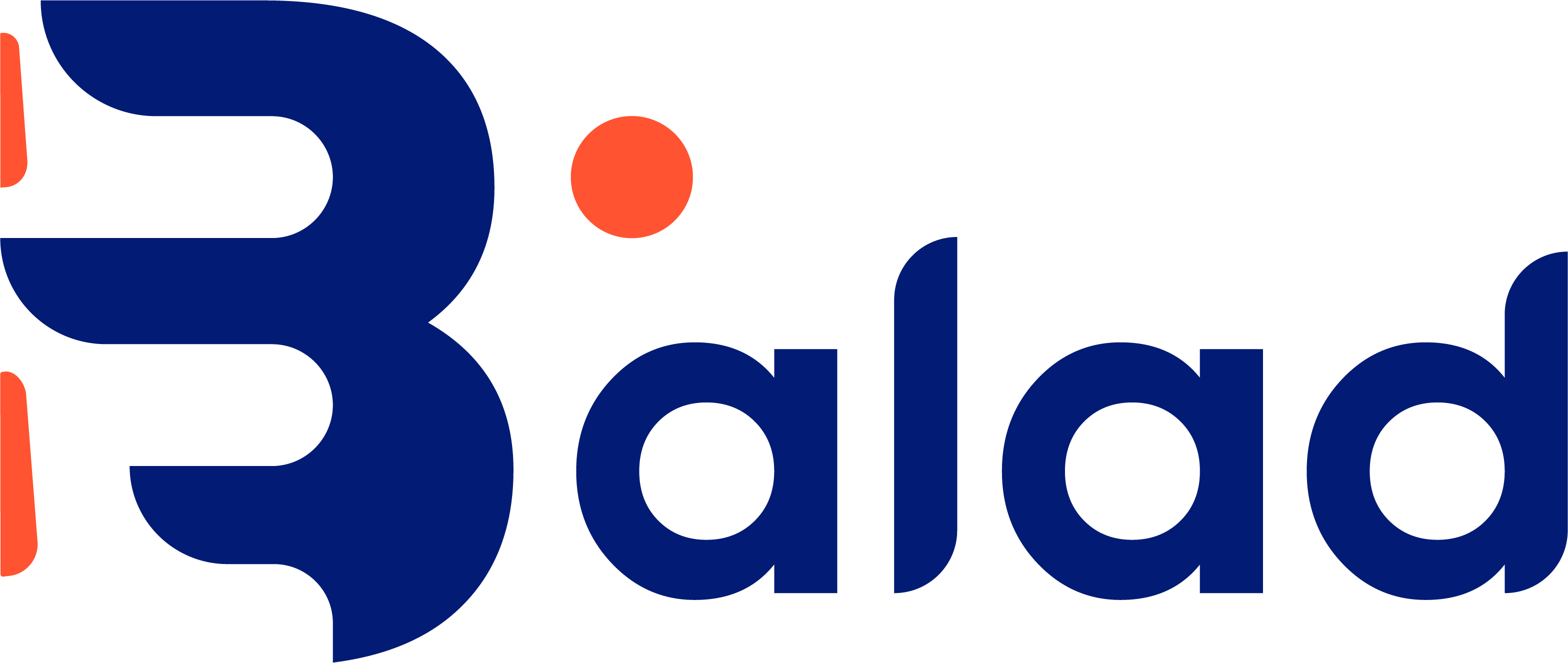Introduction
In today’s interconnected world, businesses are no longer confined to a single geographical location. The rise of remote work and the availability of digital communication tools have made it possible for companies to operate across different time zones seamlessly. This article highlights the advantages of a globally distributed workforce and how businesses can leverage different time zones to maximize productivity and efficiency.
Continuous Operations
24/7 Availability
One of the most significant advantages of having a globally distributed workforce is the ability to offer round-the-clock services. When employees are spread across various time zones, businesses can ensure that operations continue uninterrupted. This 24/7 availability is particularly beneficial for customer service, technical support, and other functions that require constant attention.
Faster Response Times
With teams working across different time zones, businesses can respond to customer inquiries and issues more quickly. Instead of waiting for the next business day, customers can receive assistance almost immediately, regardless of the time of day. This rapid response capability can significantly enhance customer satisfaction and loyalty.
Enhanced Productivity
Follow-the-Sun Model
The “follow-the-sun” model allows businesses to pass tasks and projects seamlessly from one time zone to the next. For example, a team in Asia can work on a project during their daytime and hand it over to a team in Europe or the Americas for continued progress. This continuous workflow reduces downtime and accelerates project completion.
Reduced Burnout
When workloads are distributed across multiple time zones, employees can maintain a healthier work-life balance. Instead of expecting employees to work extended hours to meet global demands, tasks can be allocated to those in different regions, preventing burnout and improving overall job satisfaction.
Access to a Diverse Talent Pool
Broader Talent Search
A globally distributed workforce allows businesses to tap into a diverse talent pool that is not limited by geographical constraints. Companies can hire the best talent from anywhere in the world, ensuring that they have access to a wide range of skills and expertise. This diversity can lead to more innovative solutions and better decision-making.
Cost Savings
Hiring employees from different regions can also result in cost savings. For example, businesses can take advantage of lower labor costs in certain countries without compromising on the quality of work. Additionally, remote work reduces the need for physical office space, leading to further savings on overhead costs.
Improved Collaboration and Innovation
Diverse Perspectives
A globally distributed workforce brings together individuals from various cultural and professional backgrounds. This diversity of thought can foster creativity and innovation, as employees bring unique perspectives and ideas to the table. By encouraging collaboration across time zones, businesses can develop more innovative products and solutions.
Enhanced Problem-Solving
Different time zones mean that there is always someone available to tackle urgent issues or problems. When one team finishes their workday, another team in a different time zone can take over, ensuring that problems are addressed promptly. This continuous problem-solving approach can lead to more efficient operations and faster resolution of issues.
Leveraging Technology for Seamless Integration
Communication Tools
Effective communication is crucial for managing a globally distributed workforce. Fortunately, there are numerous digital tools available that facilitate real-time communication and collaboration. Platforms like Slack, Microsoft Teams, and Zoom enable employees to stay connected and work together, regardless of their location.
Project Management Software
Project management tools like Trello, Asana, and Jira help businesses keep track of tasks and deadlines, ensuring that everyone is on the same page. These tools provide a centralized platform for assigning tasks, monitoring progress, and managing timelines, making it easier to coordinate efforts across different time zones.
Time Zone Coordination
To maximize efficiency, businesses can use time zone coordination tools like World Time Buddy or Google Calendar. These tools help schedule meetings and deadlines that accommodate the working hours of team members in different regions. By being mindful of time zone differences, businesses can minimize scheduling conflicts and ensure smooth operations.
Challenges and Solutions
Communication Barriers
While there are many benefits to a globally distributed workforce, there are also challenges, such as communication barriers. Differences in language, culture, and time zones can sometimes lead to misunderstandings. To address this, businesses should invest in language training and cultural awareness programs to bridge the communication gap.
Coordination and Management
Managing a team spread across various time zones requires careful coordination and effective management. Clear communication of expectations, regular check-ins, and the use of project management tools are essential for ensuring that everyone stays aligned and productive. Establishing standardized processes and guidelines can also help streamline operations.
Cybersecurity
With employees working from different locations, cybersecurity becomes a critical concern. Businesses must implement robust security measures to protect sensitive data and ensure that remote work environments are secure. This includes using VPNs, encryption, and multi-factor authentication, as well as providing regular cybersecurity training for employees.
Case Studies
GitLab
GitLab, a leading DevOps platform, operates entirely remotely with employees spread across more than 65 countries. By leveraging a globally distributed workforce, GitLab can offer 24/7 support to its customers and continuously develop and improve its platform. The company’s success demonstrates the potential of remote work and the benefits of embracing different time zones.
Automattic
Automattic, the company behind WordPress.com, also operates with a fully remote workforce. With employees in multiple time zones, Automattic can provide round-the-clock support and services to its users. The company’s distributed model has enabled it to attract top talent from around the world and foster a culture of innovation and collaboration.
Conclusion
Embracing a globally distributed workforce and leveraging different time zones can offer numerous advantages for businesses. From continuous operations and enhanced productivity to access to a diverse talent pool and improved collaboration, the benefits are substantial. While there are challenges to managing a global team, the right strategies and tools can help businesses overcome these obstacles and thrive in a globalized world. By embracing the global workday, companies can maximize efficiency, drive innovation, and stay competitive in an increasingly interconnected market.



